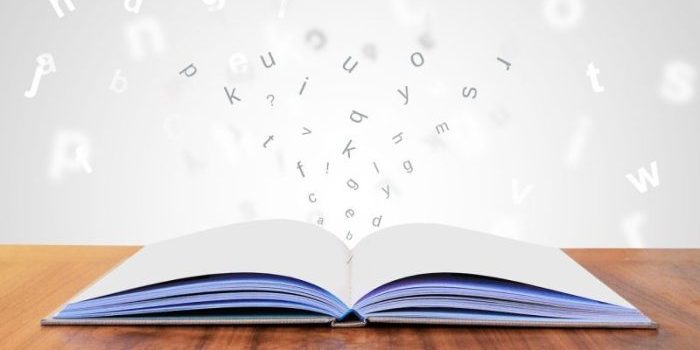Plagiarism can be a major issue in academic research, so it is important to learn how to avoid it. This guide will provide an overview of what plagiarism is, the types of plagiarism, the consequences of plagiarism, strategies for avoiding it, citation styles, how to paraphrase and summarize material properly, how to credit sources, and tools to help avoid plagiarism.
What is Plagiarism?
Plagiarism is using someone else’s work and ideas without giving them credit. It is a form of intellectual theft and is considered to be a serious offense. Plagiarism can be intentional or unintentional, and it can be done with written material, artwork, music, or any other kind of creative work.
It is important to understand the difference between legitimate collaboration and plagiarism. Collaboration involves working together with other people to create something, while plagiarism involves taking someone else’s work and claiming it as your own.
Types of Plagiarism
There are several different types of plagiarism, including direct, indirect, and self-plagiarism.
Direct plagiarism involves taking someone else’s work and claiming it as your own. This can be done by copying and pasting material from another source, or by paraphrasing the words or ideas of another person without giving them credit.
Indirect plagiarism involves presenting someone else’s ideas as your own without citing the source. This is often done by using the same words or ideas as someone else but not citing the original source.
Self-plagiarism involves using your own previously published work without giving yourself credit.
The Consequences of Plagiarism
Plagiarism is a serious offense and can have serious consequences. Depending on the severity of the offense, the consequences can range from a verbal warning to expulsion from school. In addition to this, plagiarism can damage a person’s reputation and make it difficult to find work in the future.
Strategies for Avoiding Plagiarism
The best way to avoid plagiarism is to be aware of it and to understand the importance of citing your sources. Here are some strategies for avoiding plagiarism:
- Understand the difference between collaboration and plagiarism.
- Create a system for keeping track of your sources.
- Read and understand the material you are working with.
- Make sure to cite the sources you use.
- Use quotation marks when quoting someone else’s words.
- Paraphrase and summarize material properly.
- Credit sources for ideas or information.
- Use tools to detect plagiarism.
Citation Styles and How to Use Them
Citation styles are used to give credit to sources for their work. There are several different citation styles, such as APA, MLA, Chicago, and Harvard. Each style has its own set of rules for citing sources. It is important to understand the rules of the style you are using and to use it correctly.
How to Paraphrase and Summarize Properly
When paraphrasing and summarizing material, it is important to make sure that you are using your own words and not simply copying the words of the original source. You should also make sure to cite the source, as this will demonstrate that you are giving credit where it is due.
How to Credit Sources
When citing sources, it is important to include the author’s name, the title of the work, the date of publication, and the page or paragraph number of the material you are citing. This will ensure that you are giving proper credit to the original source.
Tools to Help Avoid Plagiarism
There are several tools available to help you avoid plagiarism. These include plagiarism checkers, citation generators, and reference management tools. These tools can help you keep track of your sources, generate citations, and detect plagiarism in your work.
Best Practices for Academic Writing
As with any form of writing, it is important to follow best practices when writing for academia. This includes understanding the subject matter, using proper grammar and punctuation, and following the rules of the citation style you are using.
In addition to this, it is important to be aware of the ethical implications of plagiarism. Plagiarism is a serious offense and can have serious consequences. It is important to be honest and ethical in your writing and to give credit to sources for their work.
Conclusion
This guide has provided an overview of plagiarism and how to avoid it when conducting academic research. Plagiarism is a serious offense, and it is important to understand the types of plagiarism, the consequences of plagiarism, and strategies for avoiding it. Understanding citation styles and how to use them, how to paraphrase and summarize properly, and how to credit sources are all important for avoiding plagiarism. There are also tools available to help you detect plagiarism in your work. Finally, it is important to follow best practices for academic writing and to be aware of the ethical implications of plagiarism.
At AcademiaWriting.com, we understand how important it is to avoid plagiarism when conducting academic research. We provide a range of services to help you with your academic writing, including editing, proofreading, writing assistance, and more. With our help, you can be sure that your work is free of plagiarism and of the highest quality. Contact us today to learn more!




